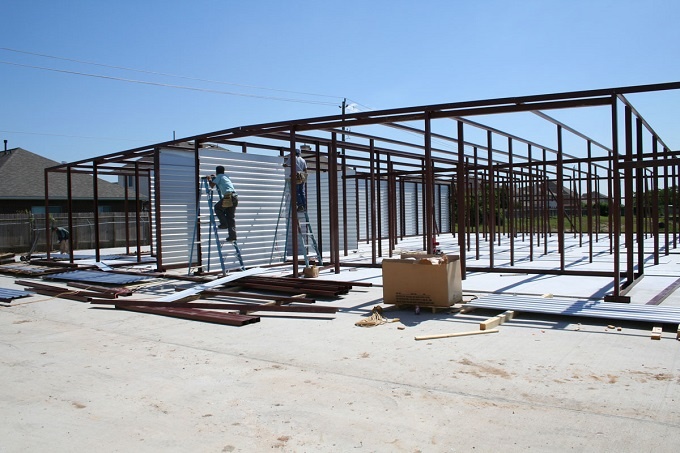
|

|
Senate Bill 709 (SB709) has many in the...
In January, self-storage industry veteran...
In April 1984, the first non-stop commercial...
Raise your hand if you’ve ever made plans,...
Everyone knows it: Investing in real estate...
They say when one door closes, another one...
Like its name implies, Surprise, Ariz., a...
Self-storage has become as reliant on the...
